What Is The Best Social Listening and Monitoring Tool For LinkedIn?
Last Updated: November 23, 2021

I’m a member of about 10 different tech or marketing-related slack groups and a question that has been popping up over and over again recently is what are the best social listening or monitoring tools for LinkedIn? LinkedIn used to be one of the most effective B2B lead generation channels, but when the pandemic struck it was absolutely flooded by every BDR, SDR, marketer, CEO, and everything in between. The time spent traveling around the country going to field marketing events, and meeting prospects for lunch converted to spamming connection requests and blowing up the social feed pretty much overnight. Needless to say, people started to get irritated with that and LinkedIn has started to clamp down on connection requests, and cold messaging as a result.
There’s no doubt that LinkedIn is still an effective lead generation channel for those that spend time on the platform building relationships, engaging with other people in their industry and target markets, and building a personal brand. However there’s still a large cohort of people looking to hold on to the automated mass connection requests, automated drip sequences, and LinkedIn abuse that was so effective in another lifetime, and because the connection requests and cold messaging capabilities have been clamped down so hard, people are turning to the next best thing, social media monitoring.
What Is Social Media Monitoring On LinkedIn?
Social media monitoring is the act of using tools that monitor the post feed and look for specific keywords related to the industry and bubble them up to the top. This allows your BDRs to jump into the conversation immediately without actually having to spend any time on the platform. An attractive proposition from a BDR perspective for sure, but irritating to regular users when they can’t mention a brand without having 5 BDRs from that company jump into the conversation and drop a link to their services without actually engaging in conversation or attempting to build a relationship.
LinkedIn knows this and they’ve made an important decision that limits the potential of this type of activity with their platform. They do not expose an API that allows people to monitor the feeds on their platform. API stands for “application programming interface” and it’s the code that allows people to remotely query LinkedIn’s database and gather social media monitoring data. Platforms like Twitter, Reddit, and Facebook do expose an API and because of that a lot of popular social media tools, such as Hootsuite, allow you to monitor the post feed, filter the posts by keyword, and easily jump into the conversation.
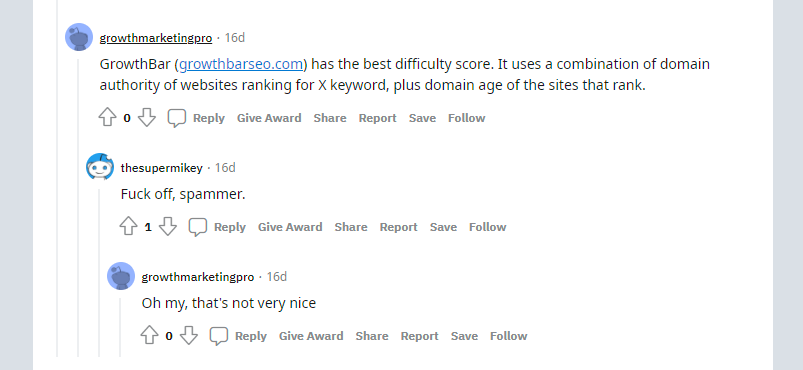
So if you’re searching for the best tool for social media monitoring and listening on LinkedIn, prepare to be disappointed. Since LinkedIn does not expose an API that makes feed data publicly available, a quality tool does not exist to conduct social media monitoring on LinkedIn.
This is good for the health of the platform and the users on it, and bad for the BDRs looking to jump in and make a quick sale without any foundational efforts.
Alternative Ways To Monitor Feed Data On LinkedIn
Ok so now that you know that there is no easy way to monitor feed data on LinkedIn, let’s talk about a potential alternative method. The best way to do this is going to be to manually scrape feed data and monitor data that way. While this is certainly possible it’s a very unattractive proposition. For one using automated tools in this way is against the terms of service for LinkedIn and is grounds for having your account banned. Most spammers get around this by using defensive tactics to avoid detection such as using a rotating pool of IP addresses and LinkedIn accounts to make connection requests, and send automated messages. This is actually feasible when making automated connection requests and messages, because the volume is relatively low. Occasionally an account may be detected and banned and a new one needs to be created.
If you were to monitor feed data the volume of platform interaction needs would be hundreds or thousands of times higher in order to effectively monitor conversations, and the conversations you have the capability to monitor would be limited to the reach of the account being used to conduct monitoring. This means you need to use the accounts to connect with people in the target market, and then constantly monitor the accounts feed via web scraping, dump the data into a secondary database, and then build the logic needed to monitor those posts, notifying BDRs, and join in on the conversations.
This is no small effort, and the significant increase in platform interaction volume means that you are much more likely to have bot activity detected and the accounts in question banned. There are a lot of considerations here and LinkedIn and other social platforms are constantly evolving their bot detection and defense mechanisms. This presents a significant maintenance requirement for any potential software used to monitor LinkedIn feeds.
In my opinion, embarking on a quest like this is a fool’s errand and I think the market agrees, or a tool would already exist for mass-market consumption to make this happen.

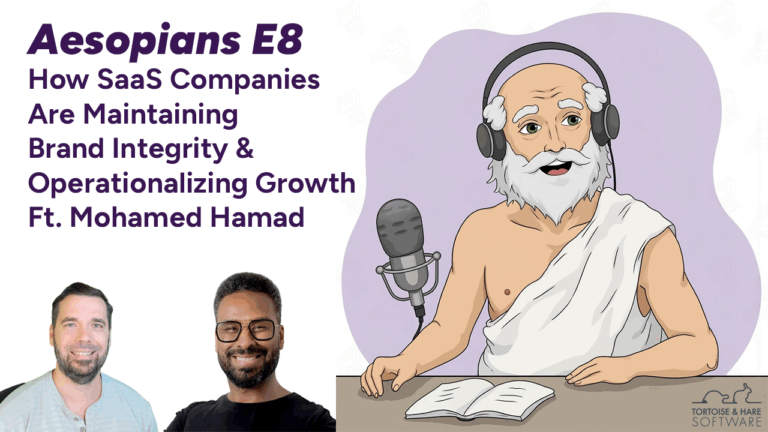
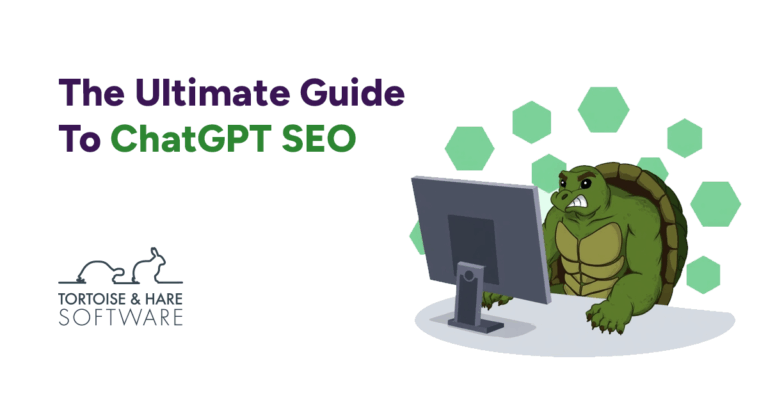
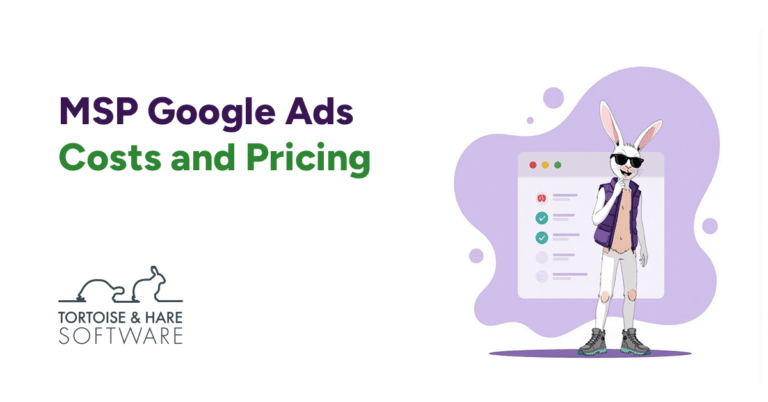
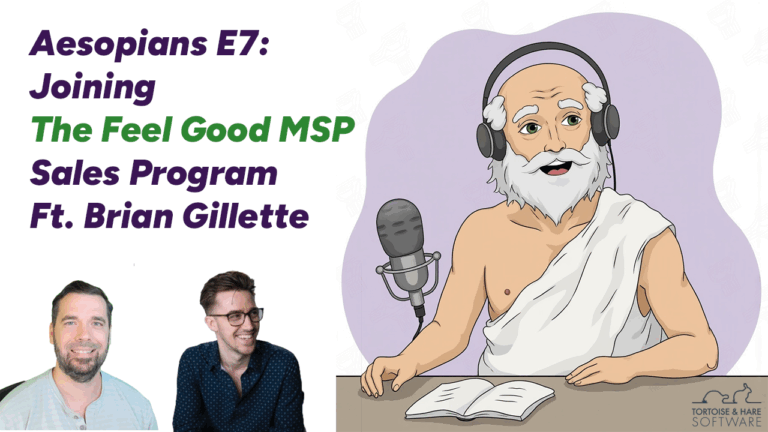
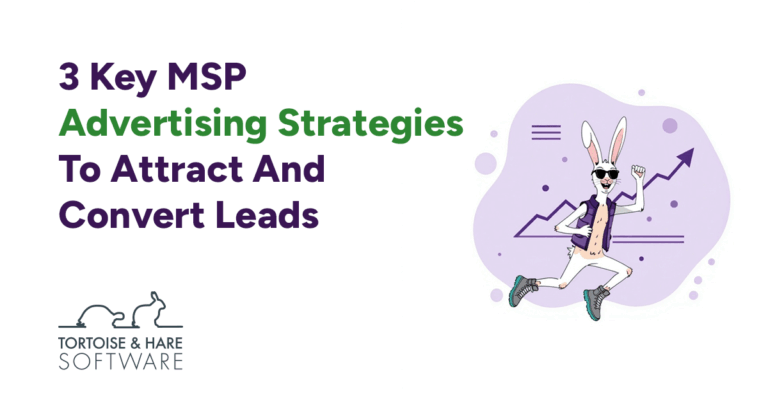
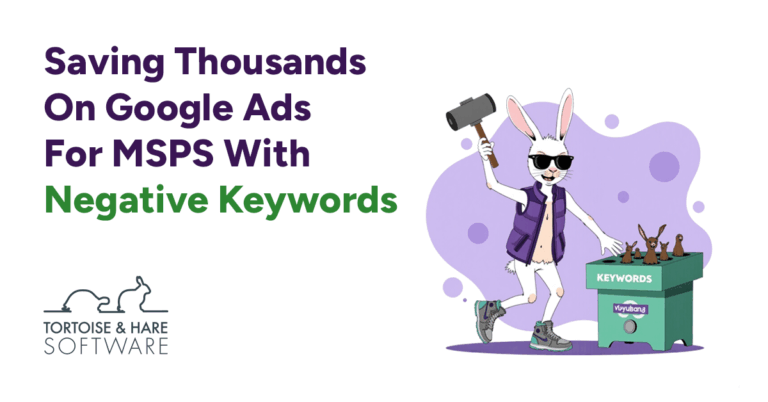
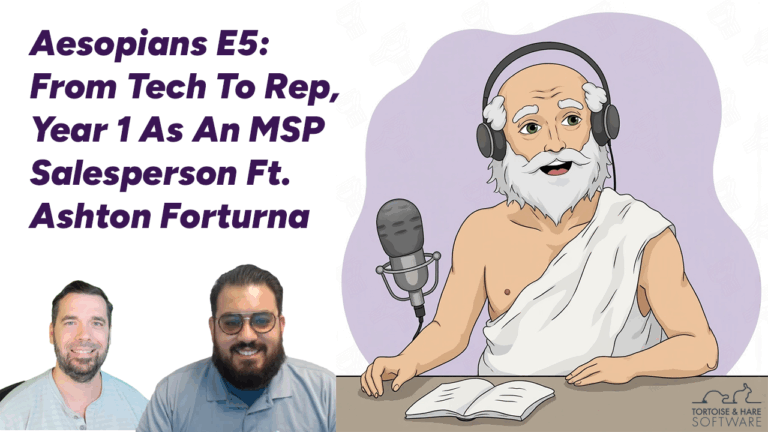
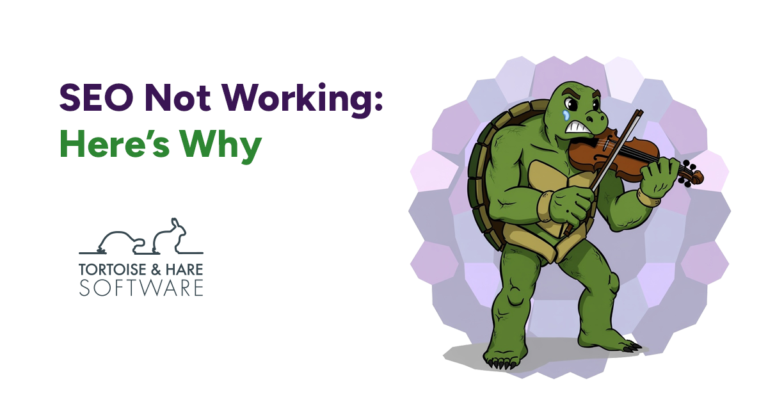
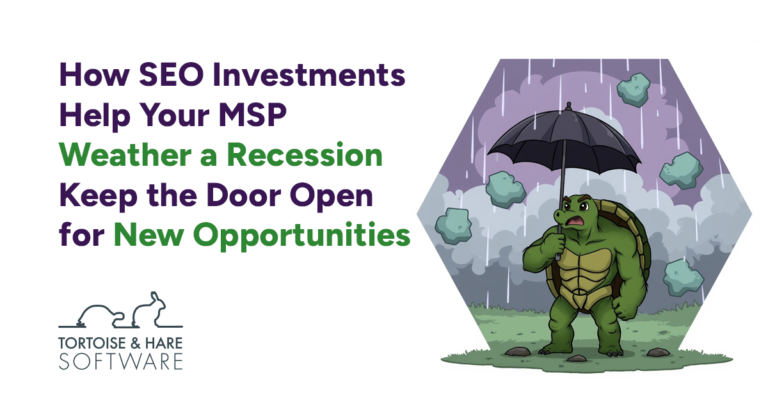
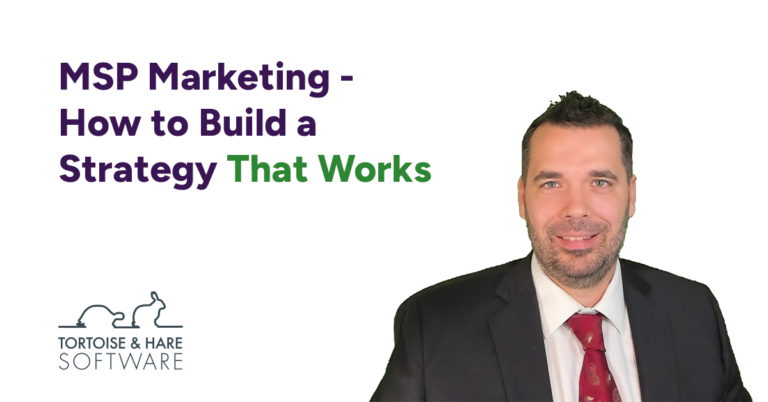
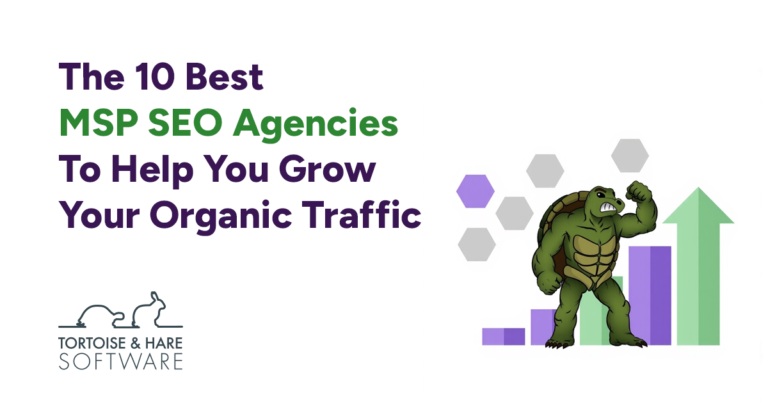
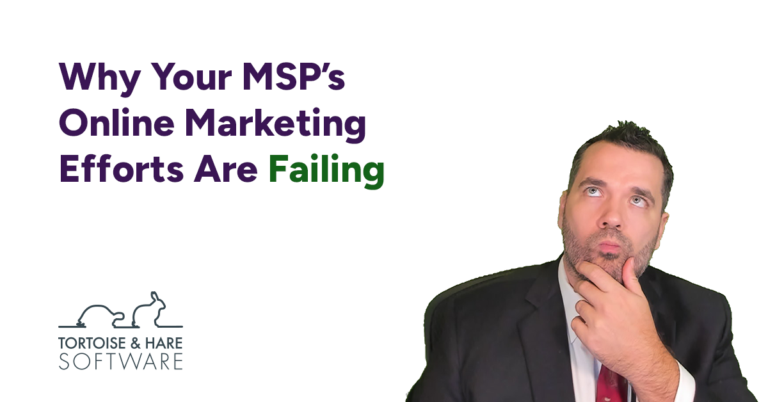
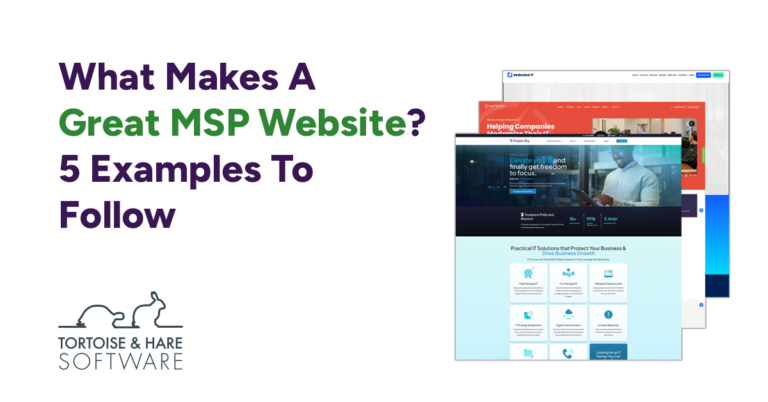
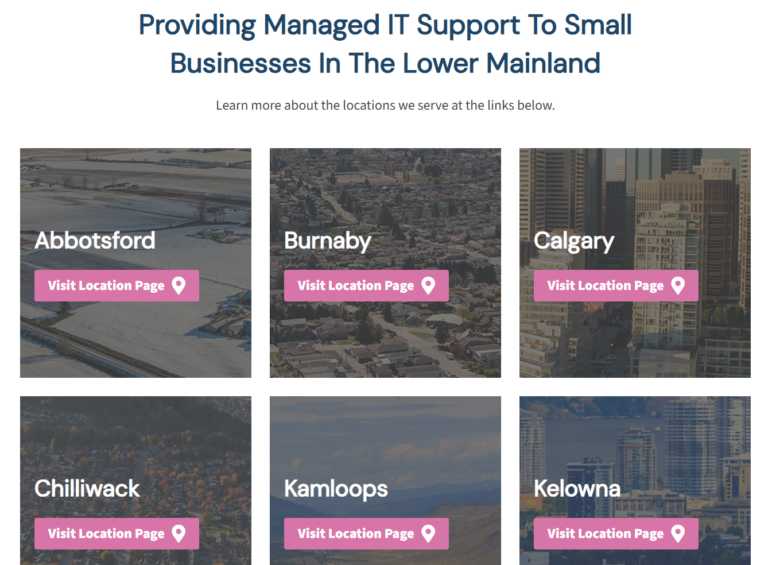
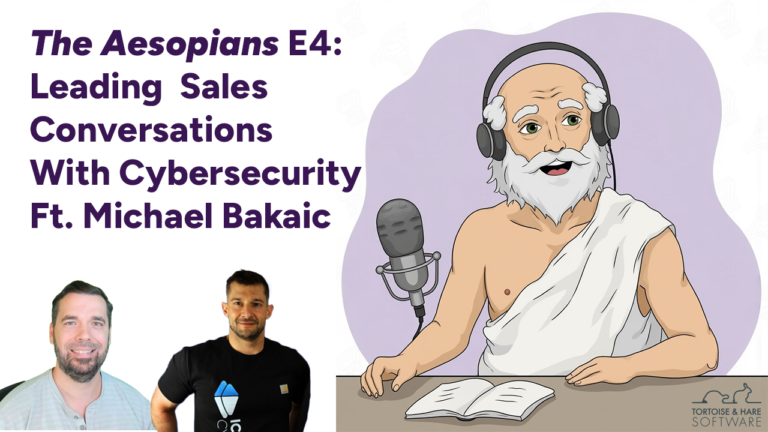








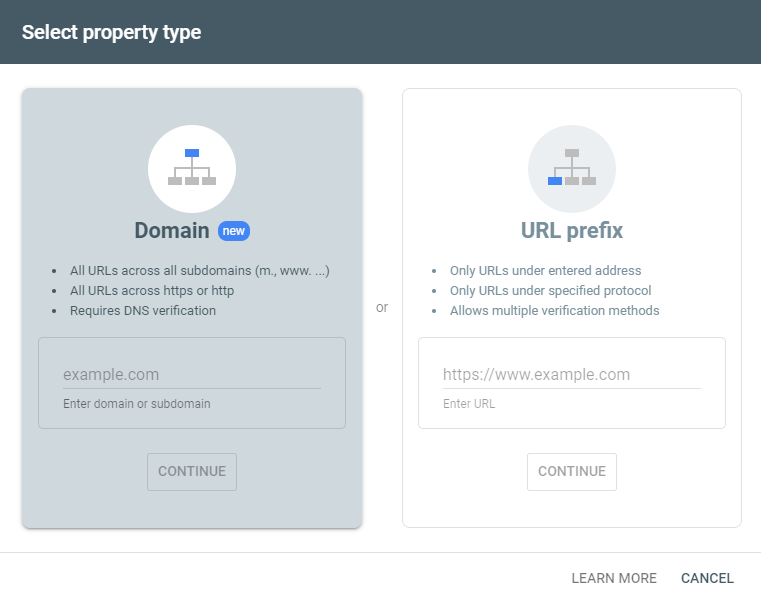
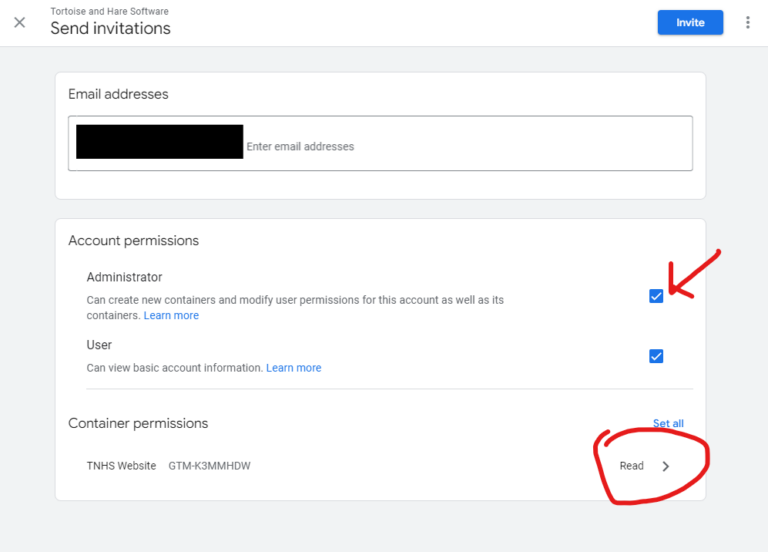





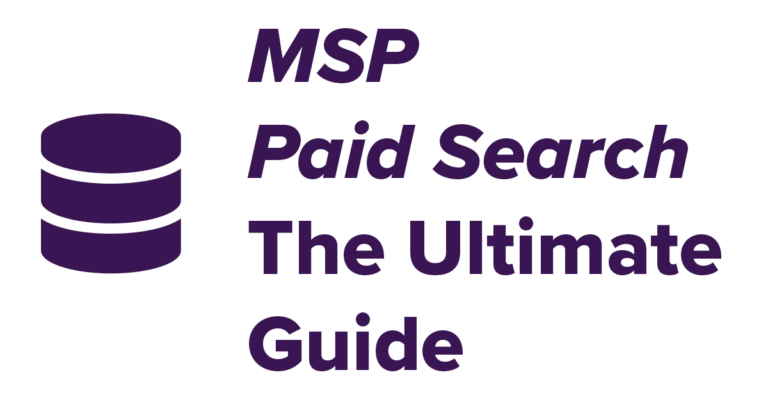
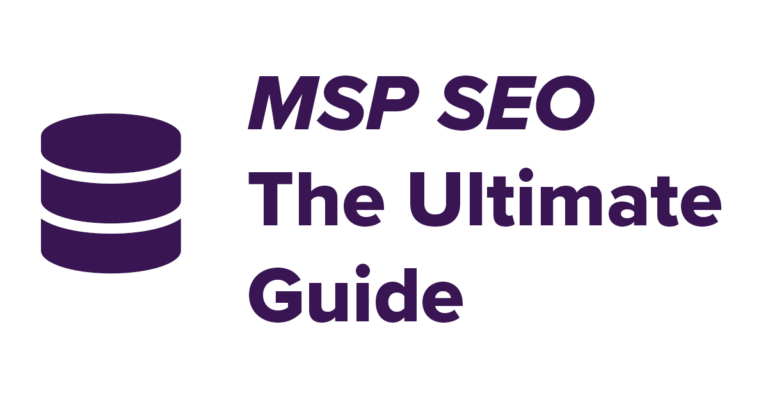


Leave a Comment